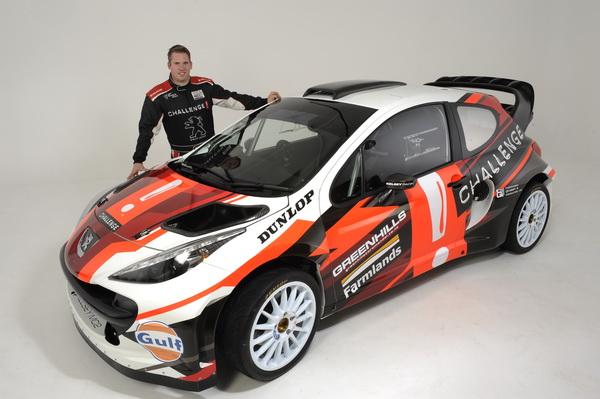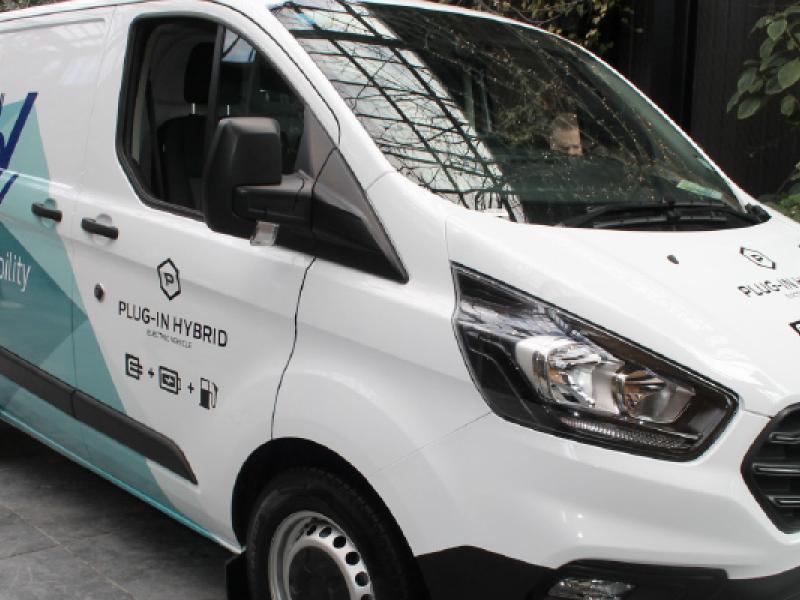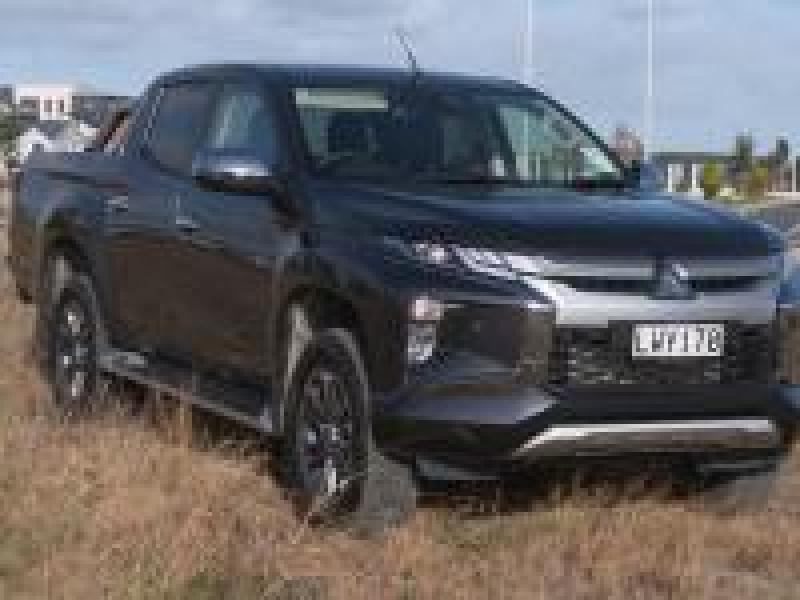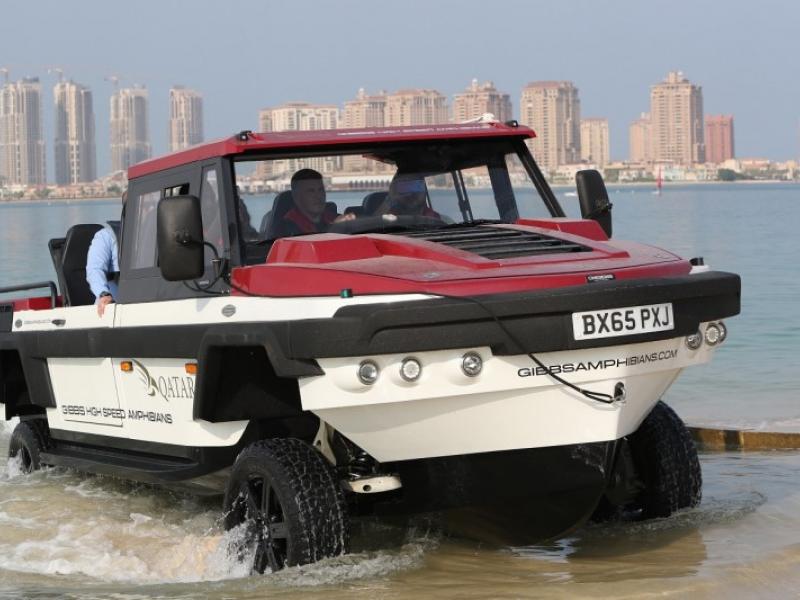Alex Kelsey, a modest 21-year-old from Coromandel, has designed and built his own rally supercar, yet he has never had any formal training, and quit school early.
Totally self-taught, Alex does all his own fabricating, including welding, makes his own carbon-fibre body panels, does his own machining, and even makes his own stickers to put on the car, which he calls Mad Creation 2 – or MC2, no doubt an allusion to Einstein’s MC squared…
He has been on one course, for four days, to learn the basics of the SolidWorks 3D computer aided design (CAD) programme. “But they only teach you the basics and I had to pick up the rest. It’s like learning a new language”, he said.
Alex’s rally car is his own design from the wheels up, and he’s designed and/or made most of the parts himself, with help from a couple of his friends.
From the outside the car looks like a highly-modified Peugeot 207 three-door, but in fact not many of the parts are from the French carmaker’s factory, although the body panels and shell were made from moulds taken off an actual road car.
“I chose the Peugeot because I really liked the look of it,” he told me.
So the first thing to do was to acquire a “donor” body to take measurements, and make the mould from.
A suitable written-off Peugeot three-door was sourced in Brisbane and imported, as the three-door wasn’t available in New Zealand at that time, and then Alex made a table to bolt the body shell onto so he could take measurements and make a jig so such things as the door attachment points, wiper points etc would be in exactly the right place when he built his new rally car skin.
The jig also would also help ensure the chrome moly tubing space frame and roll cage would fit exactly.
To do this he acquired a huge chunk of solid steel plate 20mm thick which was a leftover from the building of the Tauranga harbour bridge. The plate had to be big enough to carry the Peugeot and make up the jig – and the first thing Alex had to do was square off the edges.
“It hadn’t been cut straight and it really bugged me”, he said.
So Alex and ex-rally driver dad Richard used a gas cutter to get it squared off, then Alex spent another day with an angle grinder to clean up the edges.
After that Alex used the CAD programme to design the space frame and roll cage, and the CAD designs were sent off to the FIA, (racing and rallying’s world governing body), for certification that they would be strong enough.
The design was put into the FIA computer, which spat out just what Alex wanted to see – only 6mm of deflection at the top of the door opening, where 100mm is allowed, and 3mm at the back of the opening. More than strong enough for competition.
After that Alex imported the chrome moly tubing from America, and set out to build the space frame, with big help from his friend Dan Slater.
Meanwhile, the body moulds went off to Carbon Fibre Design in Pukekohe, where Alex’s friend Brian Henton produced the carbon fibre parts and hardened them in the Autoclave.
The result is an incredibly strong body on top of an incredibly strong space frame and roll cage. But his previous experience with a Subaru WRX rally car had shown him that some parts, such as the door sills, wore very quickly in rally conditions, so what he needed was a new material.
He had experimented on the Subaru with using a spray-on ute liner over fibreglass, and this had proved extremely successful. But for various hard-wear surfaces on his new car such as the wheel arches and the radiator cooling shroud he wanted a material which would be flexible as well as strong and hard-wearing.
He solved this by developing his own material, a combination of spray-on liner, Kevlar and carbon fibre.
“I didn’t want to have to be changing these things after every rally, and this new material seems like it’s really up to the job,” he said.
Alex’s maxim is to make sure that everything he does is the best possible, and at the best possible cost. And it has to look right.
That’s one reason why he has made so much of the car himself; he doesn’t have a mega-budget like some of the WRC teams have, but he wanted a car that would compare with theirs.
So he machined his own hubs from solid billets of chrome alloy – the WRC teams would have used titanium, at $5,000 a billet, he says – but designed them so they would take a huge load, as much as 1,000hp, using a unique system. And part of the design involved a Toyota Hilux spindle that he machined using a ceramic cutter, and sourced for only $58!
For the suspension Alex ditched the idea of using MacPherson struts as these had been bothersome on his previous Subaru rally car, as well as expensive.
Instead he opted for an F1-style double wishbone system with coil-over shocks.
“The old Subaru MacPhersons would cost between $1,600 and $2,000 each; I have made up my suspension for a total cost of $2,400,” he said.
Part of the reason for the lower cost was that he designed his own shock absorbers.
Not only are they very strong, but he has designed-in a unique system which makes them self-adjusting, according to conditions.
The shocks also incorporate their own hydraulic bump stops.
This time, though, Alex didn’t make the shocks himself; instead he sourced a company in Belgium to build them for him. “They could do the whole job for less that it would cost me in materials,” he said.
The mid-mounted engine on the MC2 was one of Alex’s biggest “bargain” finds.
Prior to 2012 the Formula Renault 3.5 single-seater racing series cars were powered by a 3.5-litre V6 engine derived from that found in the Nissan 350Z sports car (Nissan is in a strategic partnership with Renault), and producing about 400hp (298kW).
However, from 2012 the series changed to a 3.4-litre V8, and a number of the V6 engines were to be found in the various teams’ workshops, just lying around.
It was one of these that Alex managed to buy at a very good price – although they were surprised he wanted to put it into a rally car.
Next to the brakes. Again, Alex contacted some of the global players, and managed to source AP Racing brakes from the now-defunct Subaru World Rally Championship effort, at a good price.
And the wheels? They came from the Ford WRC team. “I got 40 wheels for the price of 10 new ones,” he said.
“In WRC they fit a tyre to each wheel, and then when the tyre is worn out, they throw the wheel away. So each of the wheels I bought had been used just once”, said Alex.
The six-speed sequential gearbox and the differential came from Sadev, in France, custom-built from a rallycross-derived original.
The gear changes are effected using a steering wheel paddle of Alex’s design, which he made from carbon-fibre, and actuation is by compressed air.
The rear spoiler, again designed by Alex, entailed making no fewer than 20 moulds to make up the complete “wing”. And the demister is an electric-powered jet engine from a remote control model aircraft that he had to re-programme so it would start immediately.
The steering rack was one part Alex bought, but he had to design a few changes to make it work better.
Alex uses a Motec Life Racing engine management and data retrieval system, so he can record everything that happens to the engine and gearbox during a rally, and he analyses the results on his laptop – a feature which recently enabled him to isolate why the car battery kept running flat, and to fix it.
His first time out in the new car was at the Tomoana Warehousing Rally Hawke’s Bay on June 1, and the car was spectacular in the first 16km of the event before the ignition coil packed in.
“I knew it was dodgy and had ordered a new one, but it didn’t arrive in time,” said Alex.
Still, it was a good “shakedown” for the new car, and everything else performed impeccably.
Alex spent just less than two years building the car, seven days a week, and from about 7am to 11pm each day. “I can count the number of days off I’ve had on two hands,” he says.
He built it to the minimum weight allowed of 1,230kg, but reckons he could reduce that to around 1,000kg for circuit racing, if he wanted to.
What was the hardest part” “Getting the car certified to use on the road,” he said. “The LVVTA really put me through the ringer”.
And what of the future?
Alex is adamant that rallying is just his hobby, and he wants to keep it that way – which is why he runs in the Total Lubricants Rally Xtremeseries rather than the national championship.
“This is the only one of these cars you’re ever going to see. I won’t build another one,” he said.






